RARE! WWII 1944 Operation Market Garden “FIRED” Rifle Bullet Casing Recovered Between Arnhem to Eindhoven (1 Randomly Selected)
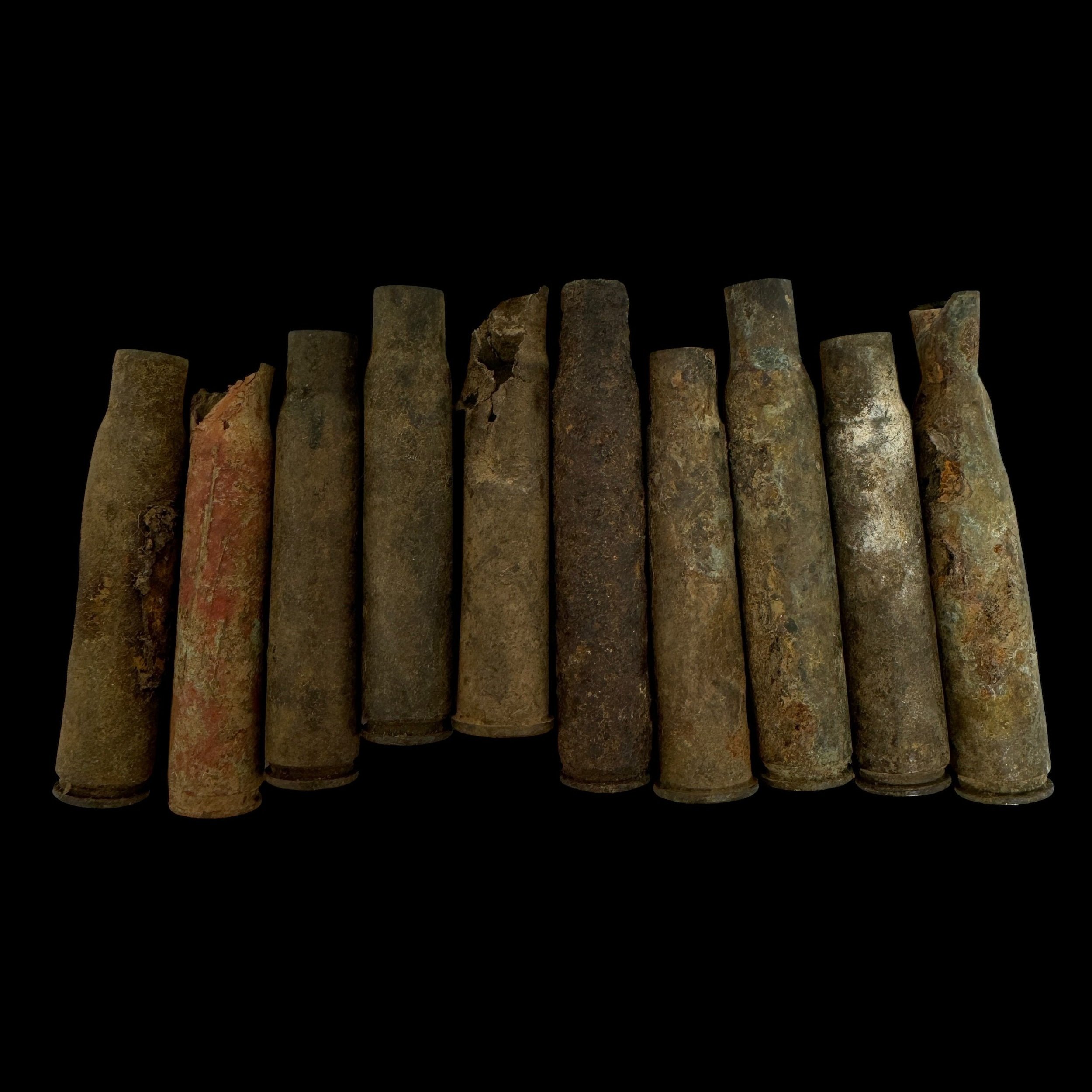
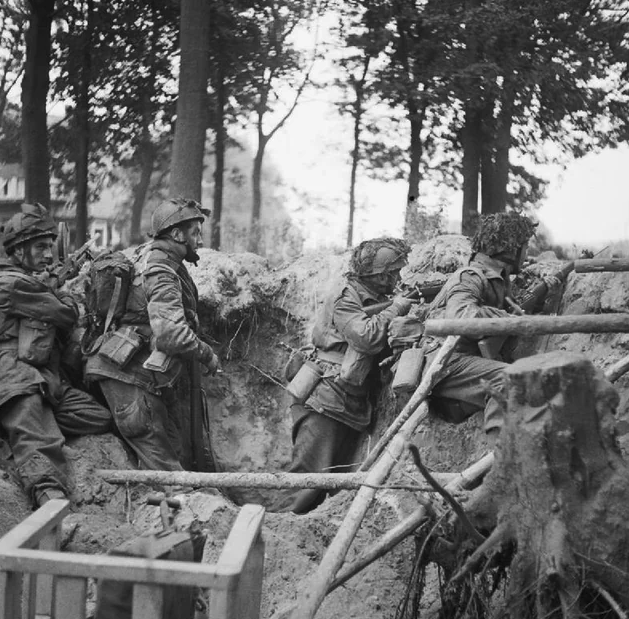
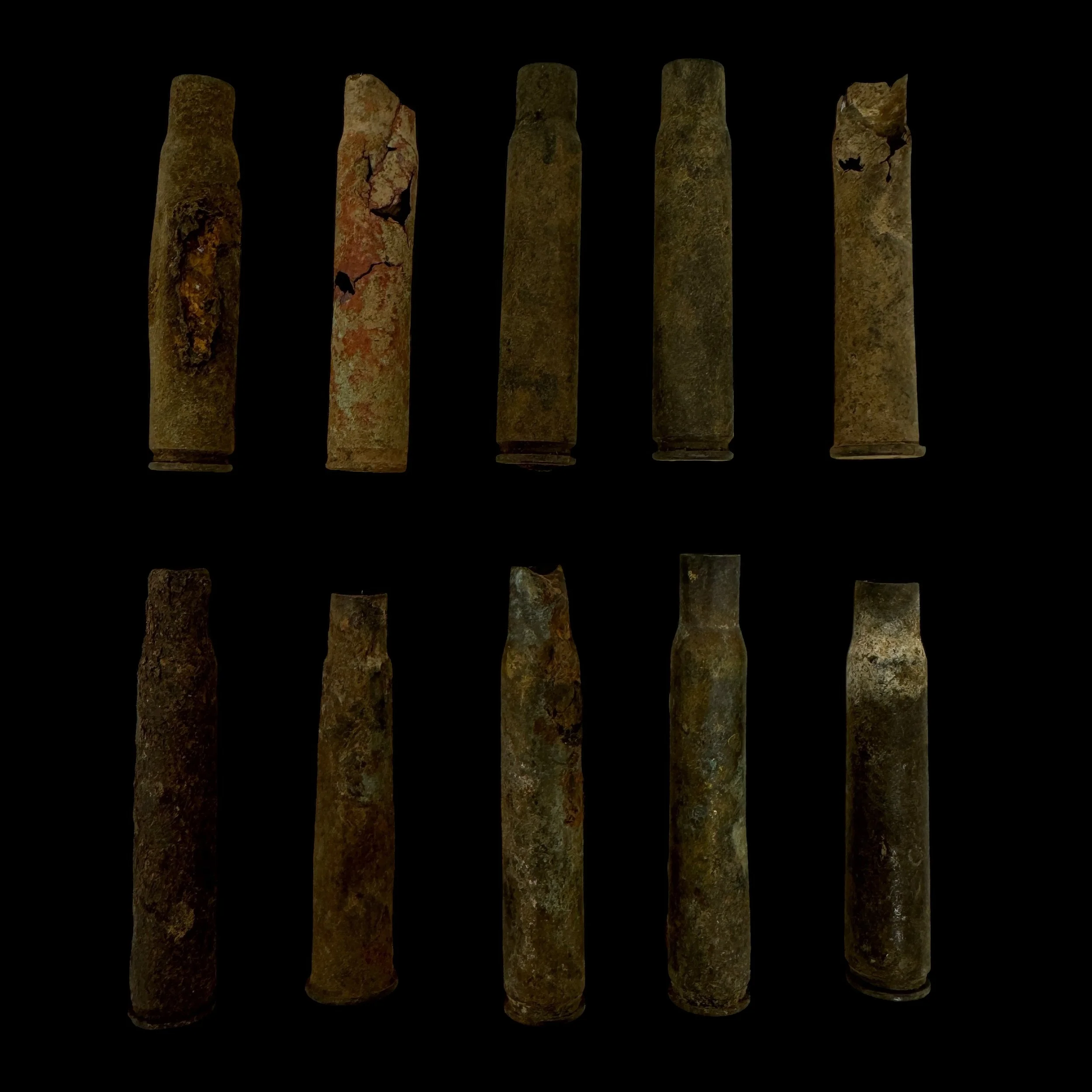


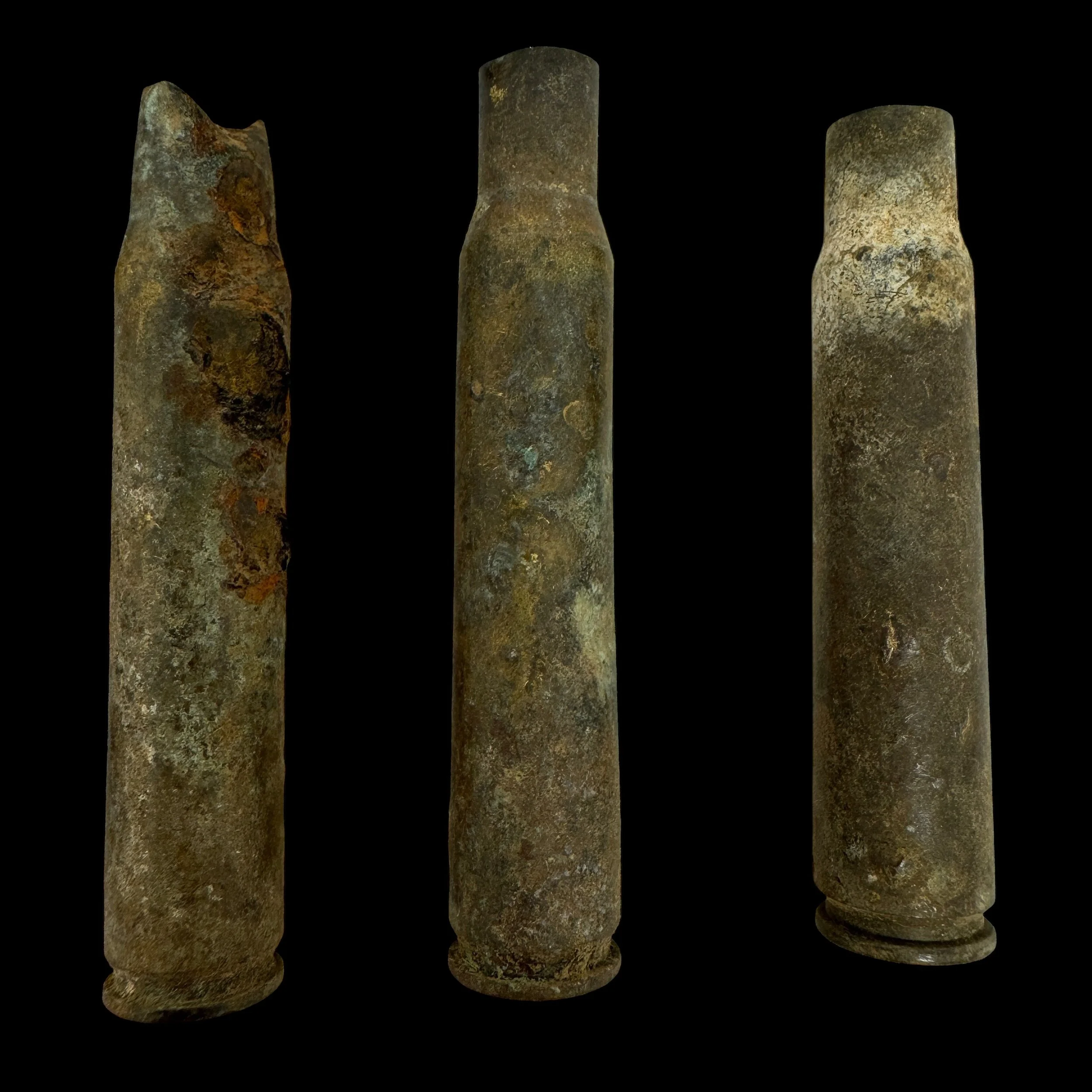
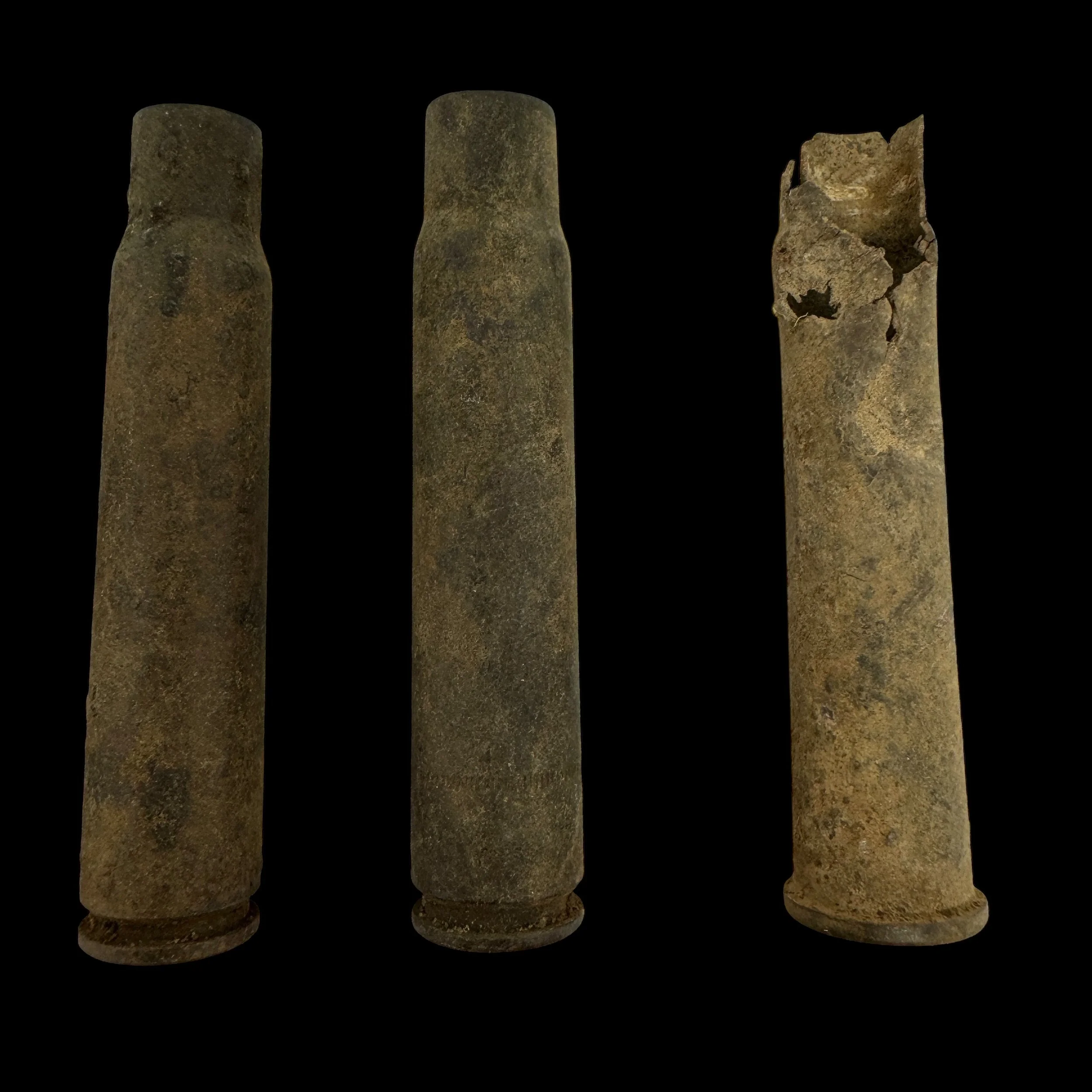

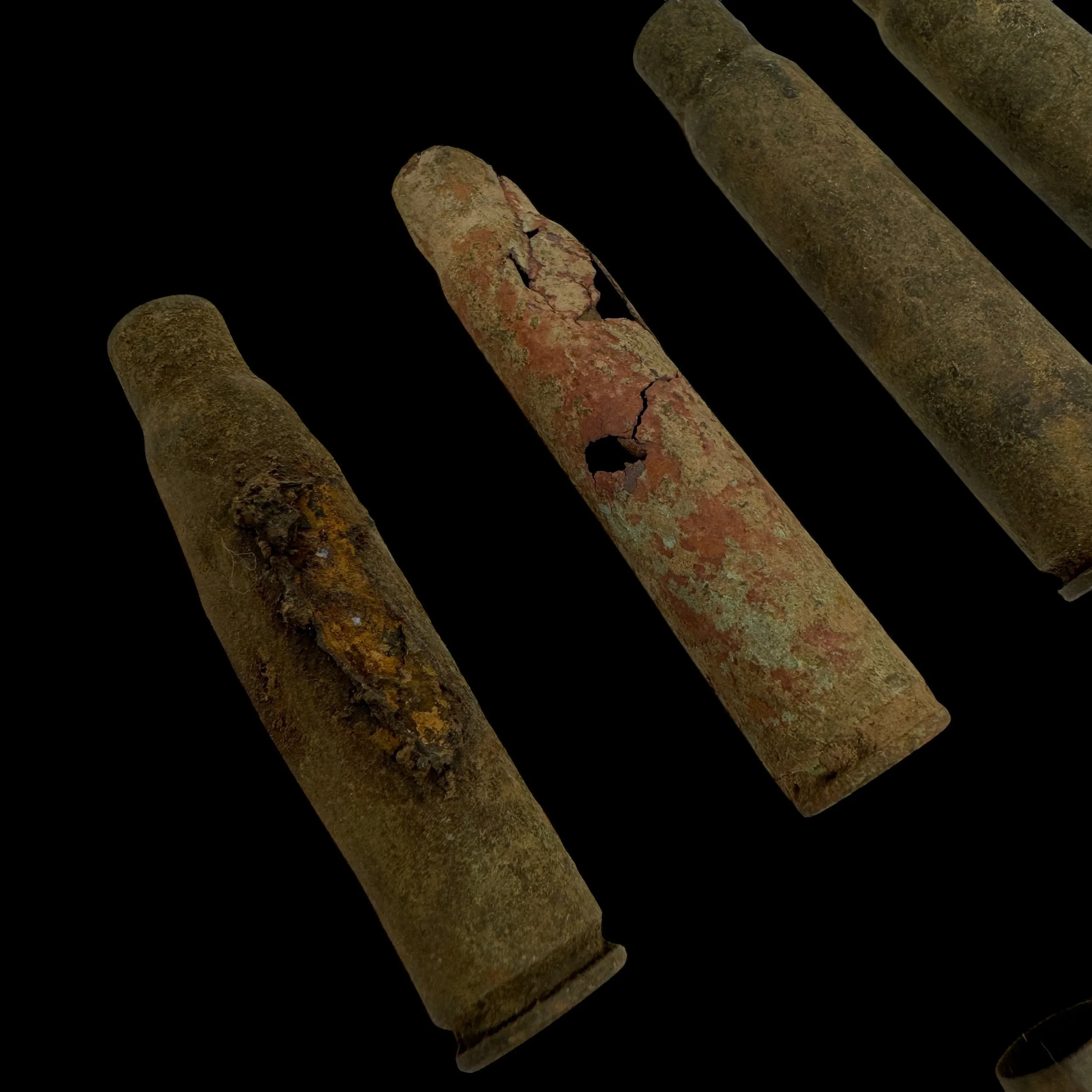


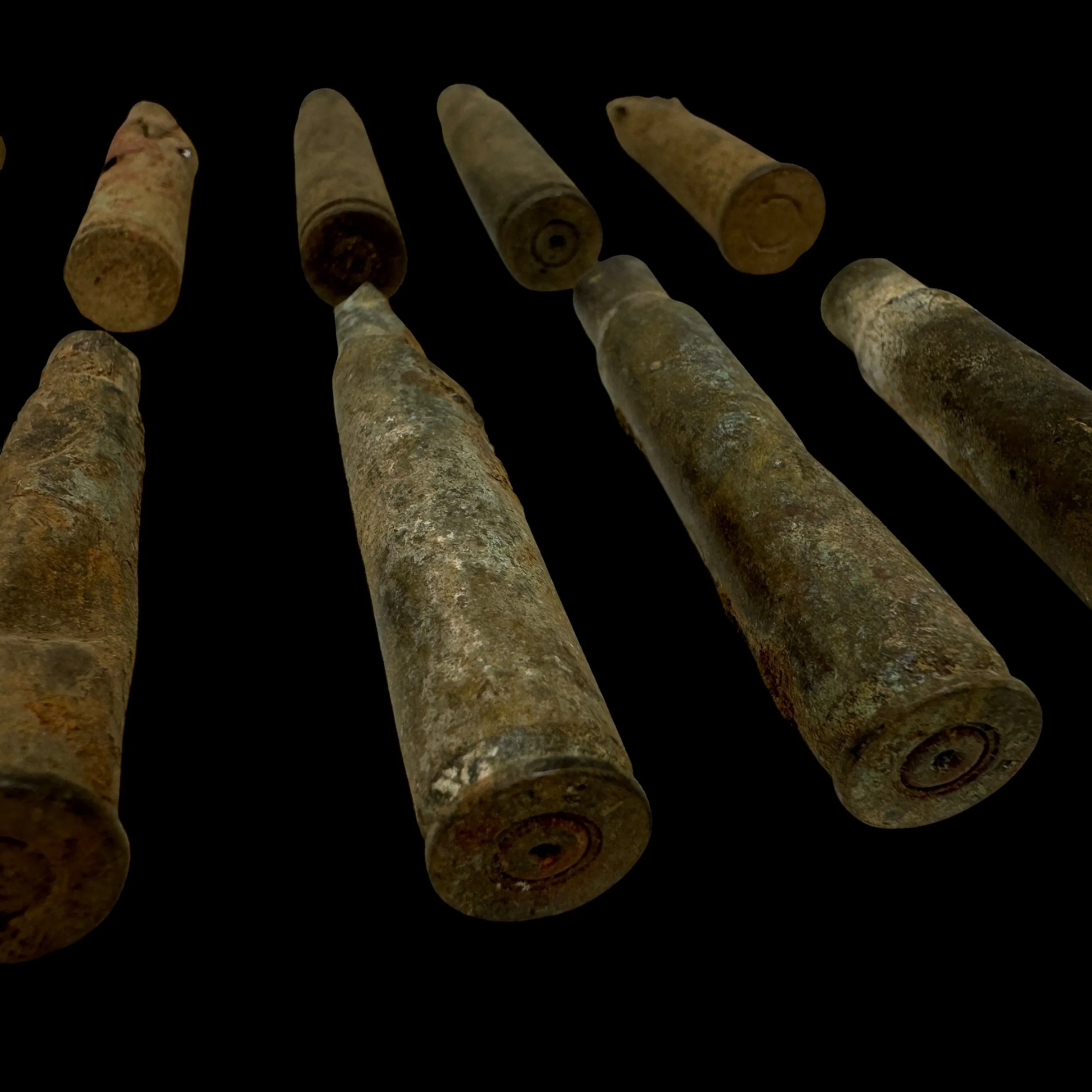

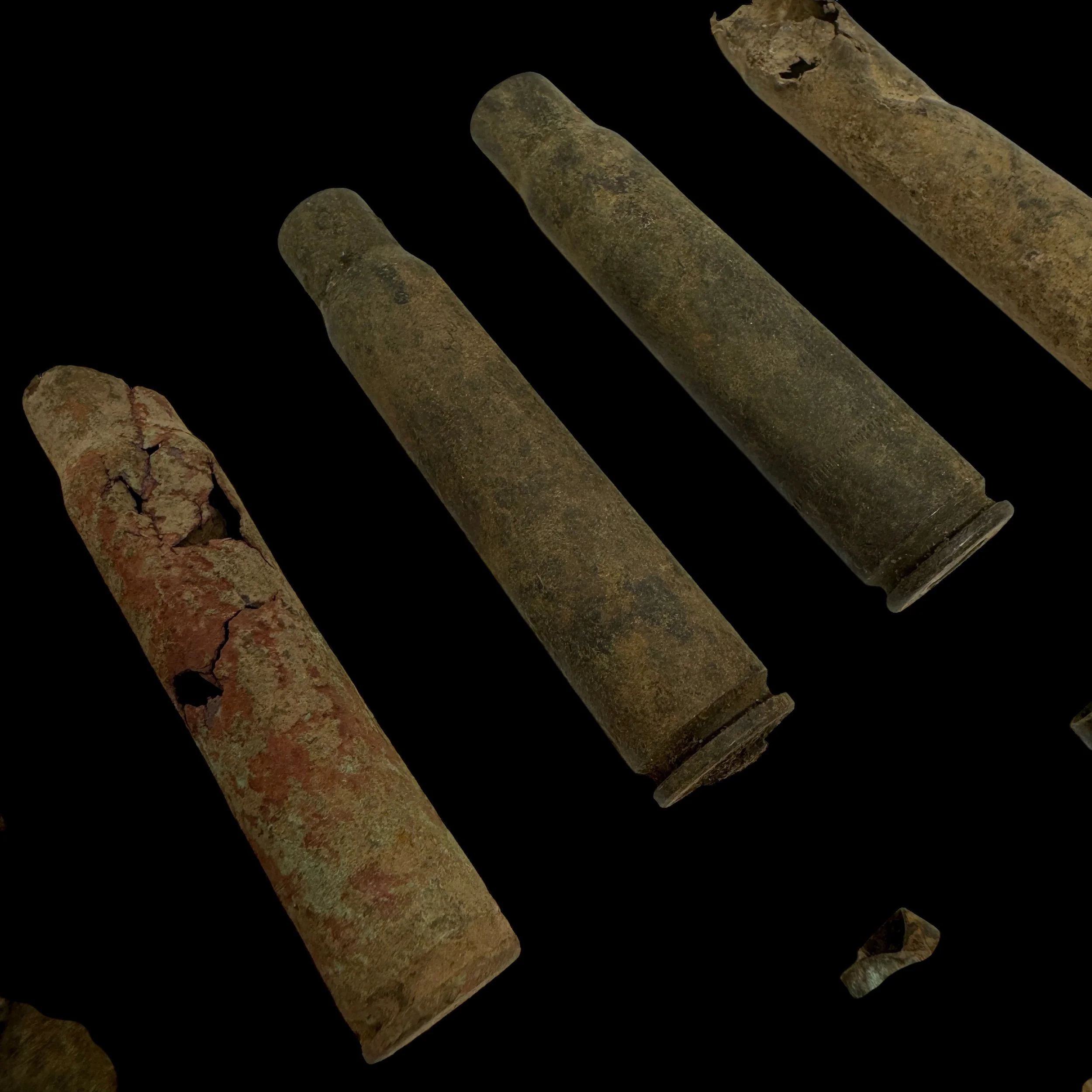
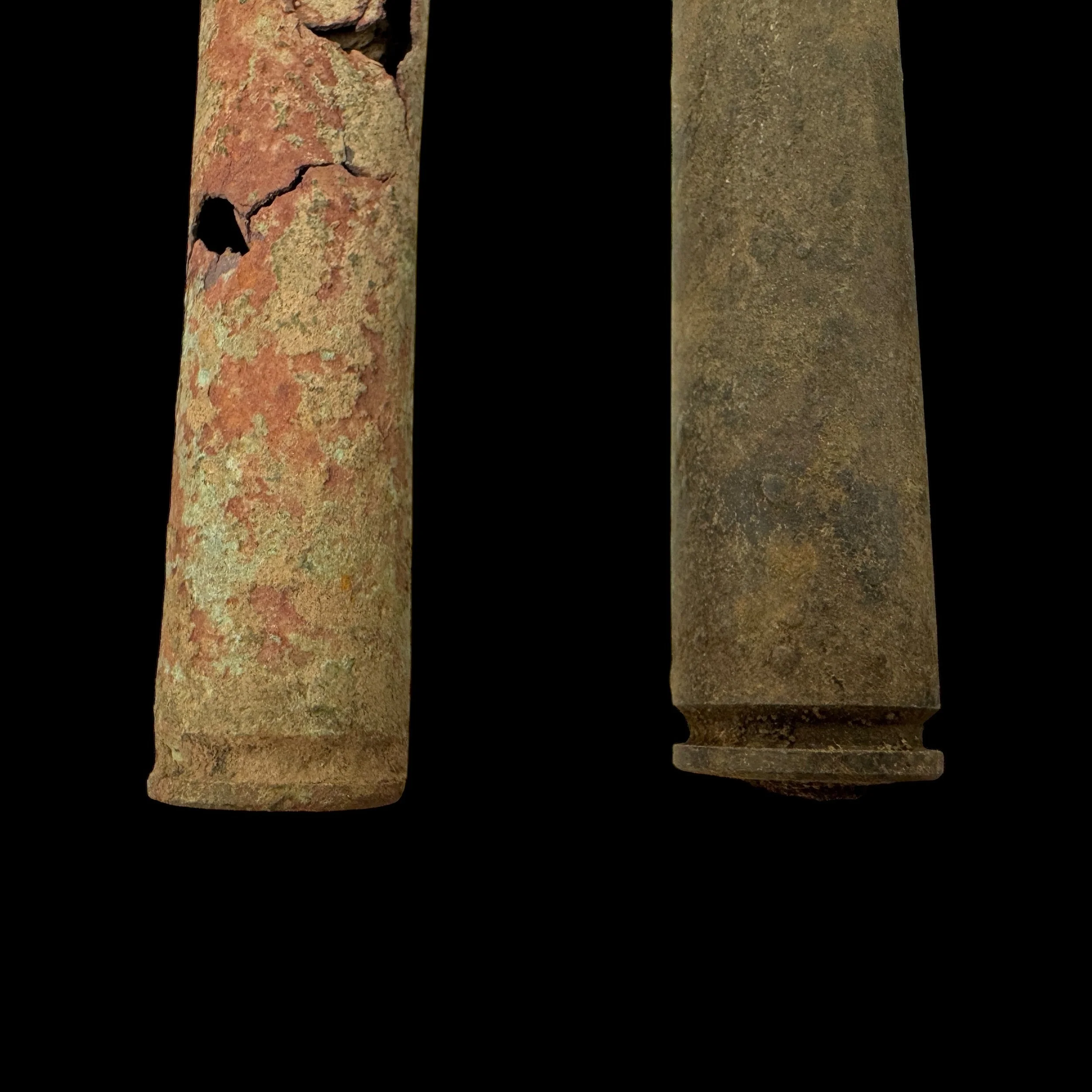
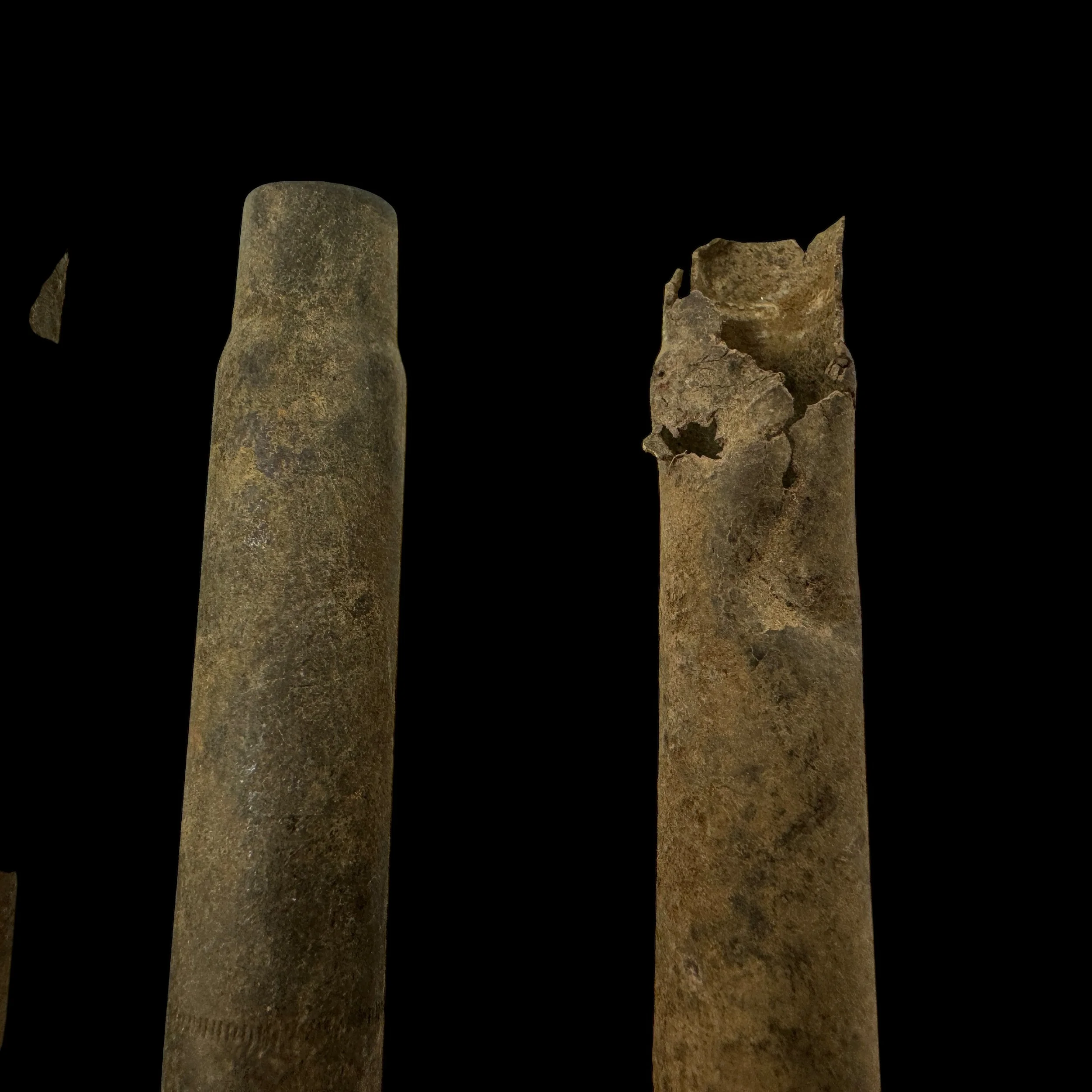
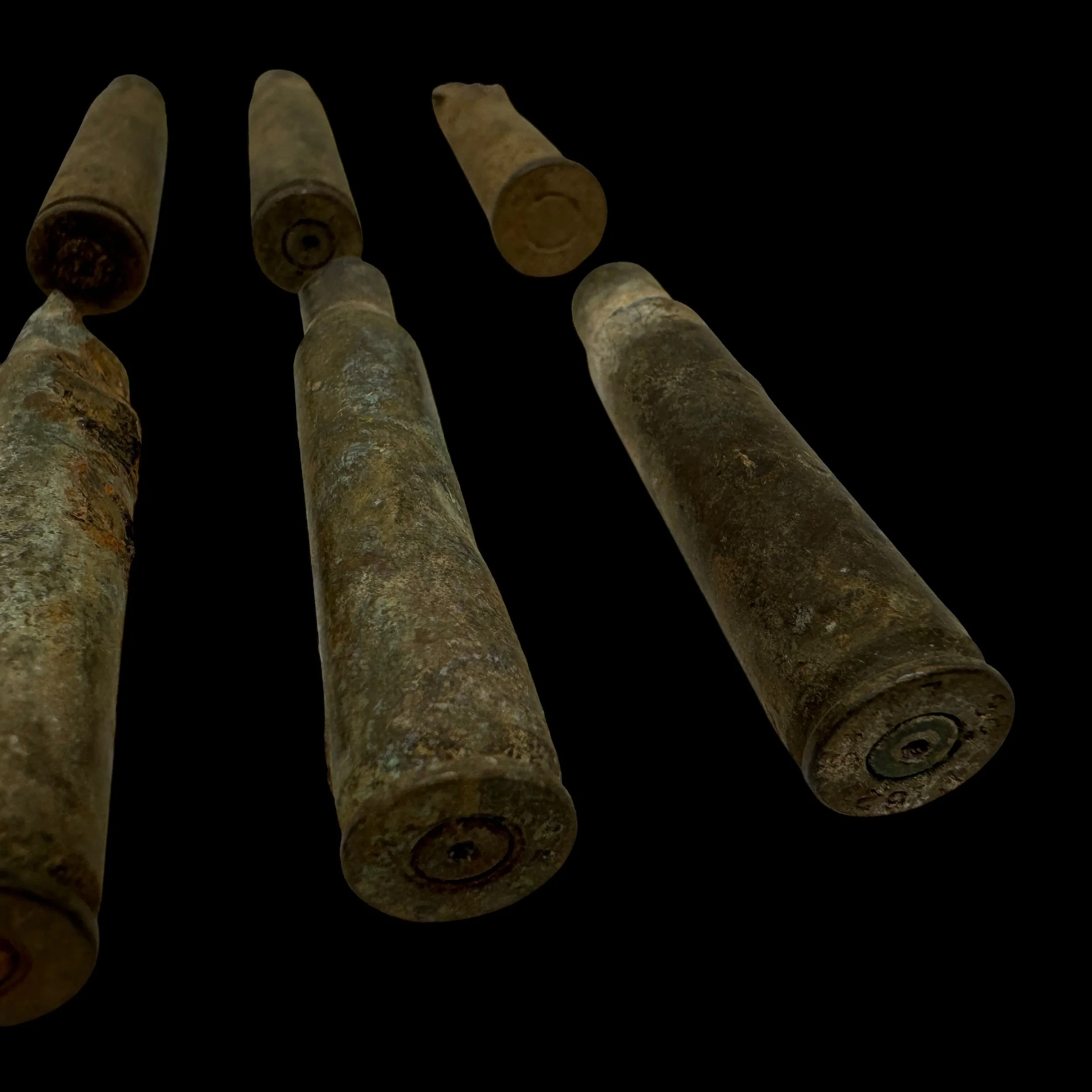




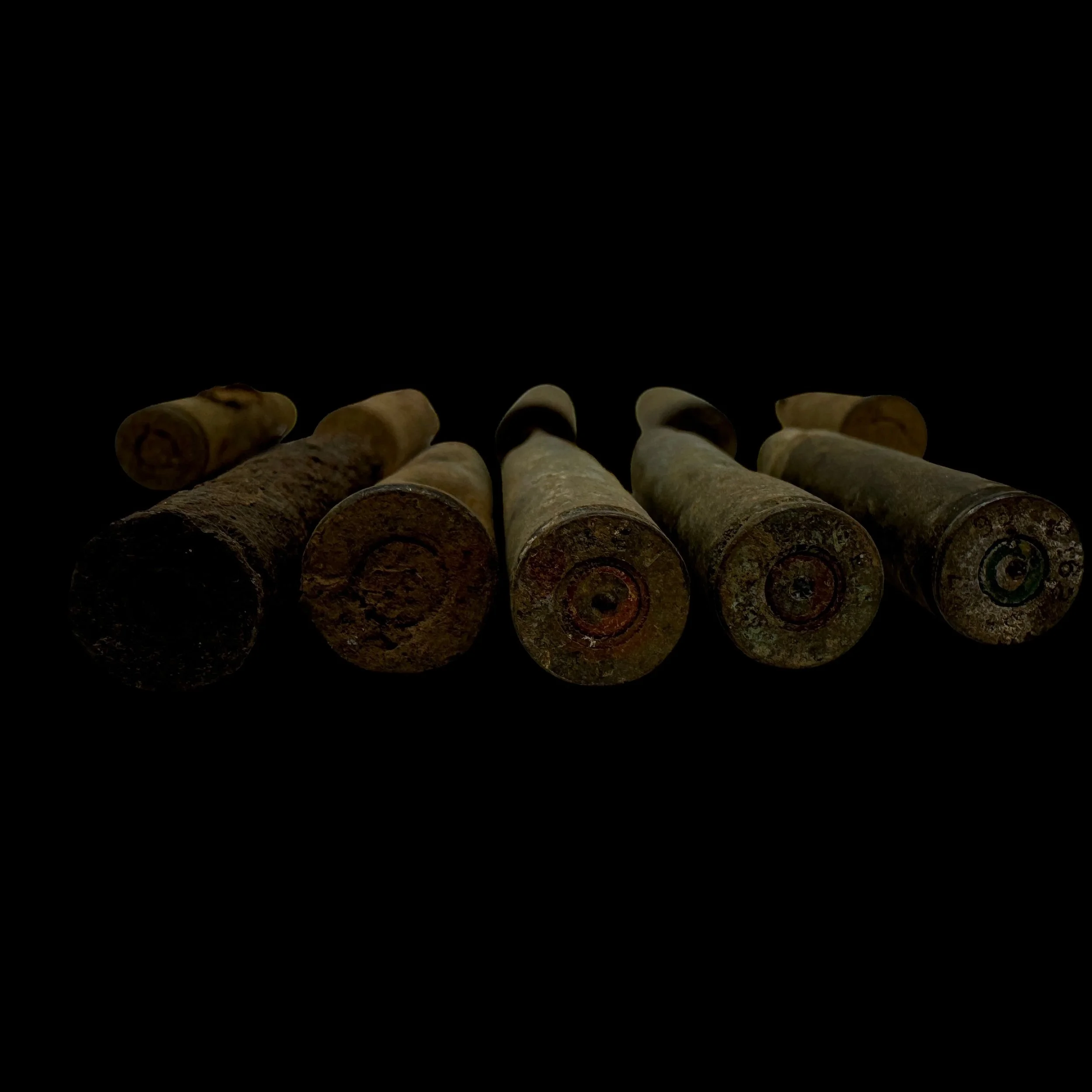









RARE! WWII 1944 Operation Market Garden “FIRED” Rifle Bullet Casing Recovered Between Arnhem to Eindhoven (1 Randomly Selected)
Comes with hand-signed C.O.A. and a full historical write-up
Type: Original World War II “FIRED” Rifle Bullet Casing
Campaign: European Theater
Battle/Operation: Operation Market Garden
Battlefield Recovered: Recovered during a professional excavation from Arnhem to Eindhoven
Date: September 1944
This extraordinary artifact, of exceptional museum-grade quality, is an original fired rifle bullet casing recovered during a meticulous and professionally conducted excavation of the historic Operation Market Garden battlefield. Unearthed from the very ground where history was written, this casing offers a tangible link to one of World War II’s most daring and costly campaigns.
Recovered from the expansive battlefield stretching from Arnhem to Eindhoven, this artifact tells the story of the Allied forces' ambitious effort to outflank German defenses and secure a series of critical bridges across the Netherlands. Launched in September 1944, Operation Market Garden brought together elite units from the British 1st Airborne Division, the U.S. 101st and 82nd Airborne Divisions, and the Polish 1st Independent Parachute Brigade, supported by ground forces from the British XXX Corps. Facing them were well-trained German units, including elements of the feared SS Panzer Divisions, who fiercely defended their positions with devastating effectiveness.
The operation, intended to be a swift blow to the heart of German defenses, resulted in staggering losses on both sides. Of the 35,000 Allied troops who participated, nearly 17,000 were killed, wounded, or captured. German forces also suffered significant casualties, estimated at around 13,000 dead and wounded. The intense fighting, especially in Arnhem and Nijmegen, left lasting scars on the region and on the soldiers who fought there.
Every detail of this bullet casing, from its weathered patina to its unique markings, serves as a silent witness to the extraordinary bravery and immense sacrifice of those who fought during this critical campaign. It stands as a testament to the determination of the Allied forces who risked everything to liberate Europe and the fierce resistance mounted by the German defenders in the face of overwhelming odds.
This relic’s profound connection to Operation Market Garden makes it an invaluable piece of history, perfect for any collector, historian, or World War II enthusiast. It is a timeless reminder of the courage, sacrifice, and resilience that defined one of the most pivotal and costly battles of the war.
*When you purchase an original World War II artifact from this exclusive battlefield-recovered bullet collection, you will receive one randomly selected bullet casing from the remarkable group of relics shown in the photos. Each artifact in this collection was carefully recovered from the historic Operation Market Garden battlefield, and the photos provided represent the exact number of preserved items available. This means the artifact you receive will be one of the very bullets pictured, ensuring its authenticity and direct connection to this iconic WWII event.
Operation Market Garden, launched in September 1944, remains one of the most ambitious yet contentious operations of World War II. Conceived by British Field Marshal Bernard Montgomery, the plan aimed to hasten the Allied advance by seizing a series of critical bridges across the Netherlands, paving the way for an invasion of Germany. It combined a massive airborne assault, codenamed "Market," with a ground advance by British forces, codenamed "Garden." Despite its ingenuity, the operation ultimately failed, largely due to logistical challenges, fierce German resistance, and flawed intelligence. The battles at Eindhoven, Nijmegen, and Arnhem were central to the operation's unfolding drama, each marked by strategic significance and grueling combat. The weaponry employed, particularly the rifles and ammunition used on both sides, serves as a lens through which we can understand the intensity and complexity of these engagements.
Eindhoven, at the southernmost point of the operation, was the first objective for the U.S. 101st Airborne Division. Their mission was to secure the city and its bridges over the Dommel River, providing a gateway for British armored forces. The paratroopers were equipped with the M1 Garand rifle, a semi-automatic weapon with an 8-round en bloc clip that gave them a distinct advantage in rapid-fire scenarios. Its efficiency, combined with the lightweight M1 Carbine and the formidable Browning Automatic Rifle (BAR), enabled the 101st to engage effectively in the urban skirmishes that characterized the battle for Eindhoven. The German defenders, armed primarily with the Karabiner 98k bolt-action rifle, faced the disadvantage of slower rates of fire, although their weapons were highly accurate and reliable. Bullet casings and other remnants from these engagements tell a vivid story of the close-range urban combat that defined Eindhoven, where American ingenuity and firepower ultimately secured a hard-fought victory.
As the operation progressed, Nijmegen became a critical focal point. The U.S. 82nd Airborne Division faced the daunting task of capturing the heavily defended bridge over the Waal River. After days of fierce fighting, they executed a daring amphibious assault across the river, rowing small boats under relentless fire to outflank the German defenders. This battle was marked by the diversity of weaponry employed. While the M1 Garand and BAR were staples for American forces, the Thompson submachine gun played a crucial role in close-quarters combat. Its high rate of fire and .45 caliber rounds made it ideal for clearing buildings and trenches. On the German side, defenders relied on the Kar98k and the MP40 submachine gun. The MP40, though effective at short range, was outmatched by the sheer volume of automatic fire from Allied troops. The capture of the Nijmegen Bridge was a critical success, but delays in securing it disrupted the timeline for British ground forces advancing northward, complicating the operation’s overall objectives.
The battle for Arnhem, which has become synonymous with the operation’s failure, was the most tragic and intense chapter of Market Garden. The British 1st Airborne Division was tasked with capturing the bridge over the Rhine River but faced unexpectedly strong German reinforcements, including elite SS Panzer divisions. Poor intelligence had failed to account for these forces, leaving the British paratroopers isolated and under-equipped. Armed primarily with the Lee-Enfield No. 4 Mk I rifle, renowned for its accuracy and 10-round magazine capacity, British troops fought valiantly. The Bren light machine gun provided much-needed suppressive fire, but these weapons were insufficient against the German defenders, who had access to the revolutionary Sturmgewehr 44 (StG 44). As the world’s first assault rifle, the StG 44 offered fully automatic fire, giving German forces a decisive edge in many engagements. The battle for Arnhem devolved into brutal, close-quarters combat, with the bridge ultimately proving to be "a bridge too far." Surrounded and outnumbered, the British forces suffered catastrophic losses, leaving behind bullet casings and other remnants that bear witness to their desperate stand.
Operation Market Garden ultimately fell short of its ambitious goals, failing to secure the bridge at Arnhem and delaying the Allied advance into Germany. The operation highlighted the dangers of overreaching strategies and underscored the critical importance of logistics and intelligence in modern warfare. However, the bravery displayed by the soldiers at Eindhoven, Nijmegen, and Arnhem remains a testament to their resolve and sacrifice.
The rifles and ammunition used in these battles—such as the M1 Garand, Lee-Enfield, Kar98k, and StG 44—are more than mere tools of war; they are artifacts of courage and innovation. Spent bullet casings, with their unique markings and calibers, serve as silent witnesses to the ferocity of the fighting and the human cost of these engagements. Today, the bridges of Eindhoven, Nijmegen, and Arnhem stand as enduring symbols of the valor and tragedy of Operation Market Garden. They remind us of the complexities of war and the indelible legacy of those who fought, leaving behind not only their stories but also the physical echoes of their struggles. In examining these battles and their weapons, we gain a deeper understanding of a pivotal moment in history, where ambition and adversity collided on the fields of the Netherlands.